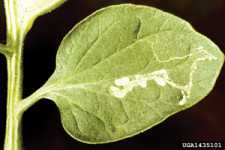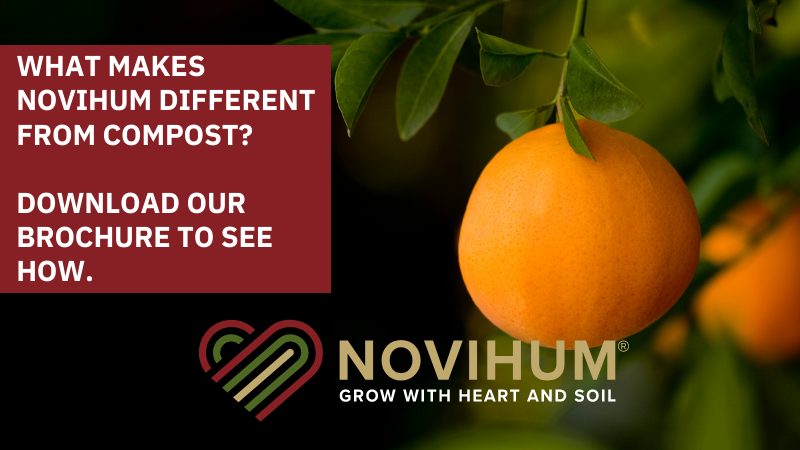Pest Of The Month: Leafminers

Identification
The two major species of leafminer that cause problems in vegetables in Florida are the vegetable leafminer (Liriomyza sativae) and L. trifolii, which has no approved common name.
The adults are small yellow and black flies about the size of gnats. The female punctures or stipples the leaves with her ovipositor to lay eggs in the leaf tissue or to feed on sap.
Leafminer damage is easily recognized by the irregular serpentine mines in leaves. The maggots feed on tissue between upper and lower leaf surfaces, leaving a winding trail or pattern through the leaf.
Survival And Spread
To determine whether leafminer larvae are dead or alive, leaflets can be held up to the sun and examined with a hand lens. Living larvae are a pale yellow and flush with the end of the mine. The back and forth feeding movements are readily visible, although movement may cease when larvae are disturbed or molting. Dead larvae do not show movement and are usually discolored and removed from the ends of mines.
Management
An integrated pest management program that stresses conservation of natural enemies is important for the successful control of leafminer. Chemical control is difficult due to the feeding habits inside the leaf of the host plant. Insecticides that specifically target the leafminer are recommended, as use of broad-spectrum materials may decimate beneficial insects — including those that attack leafminer. This often results in a larger leafminer problem if the pesticide reduces numbers of leafminer parasites.
Trigard (cyromazine, Syngenta Crop Protection) alternated with Agri-Mek (abamectin, Syngenta) are effective against leafminer in tomato. Both of these products have limited crop registrations and must not be used on unregistered crops. Spintor (spinosad, Dow AgroSciences) and Radiant (spinetoram, Dow) have also given good results and are labeled on a wide range of crops. Some other materials that may be used to conserve beneficials include Neemix (azadirachtin, Certis USA) and insecticidal oils. Both products are approved for use by organic growers, as is Conserve (spinosad, Dow).
The newest addition to the grower’s arsenal of control is Coragen (rynaxpyr, DuPont Crop Protection), which has given good results and has virtually eliminated leafminer pressure on many farms.
Field sanitation is another important control tactic. Weeds and abandoned crops can serve as reservoirs for this pest.










